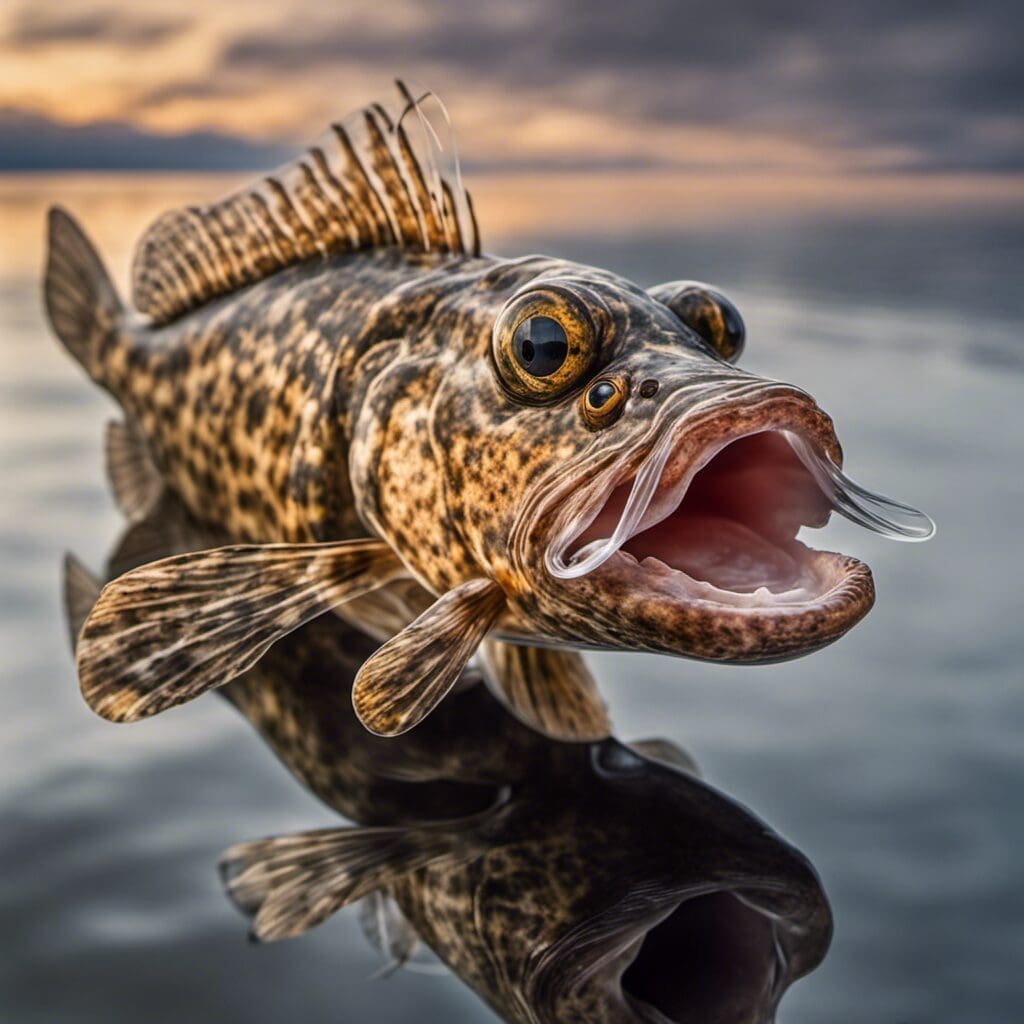Introduction
The Bigmouth Sculpin, scientifically known as Hemitripterus bolini, is a marine species belonging to the Hemitripteridae family.
Conservation Status
Currently, the International Union for Conservation of Nature (IUCN) has not evaluated the Bigmouth Sculpin and hence it is not on the IUCN Red List. Conservation efforts are mainly focused on maintaining healthy oceanic ecosystems as this species is not directly targeted by any major fishing activities.
Statistics
| Statistic | Average | Range |
|---|---|---|
| Length | 30 cm | 20-45 cm |
| Weight | – | – |
| Average Lifespan | – | – |
| Other stats | – | – |
Distribution
The Bigmouth Sculpin is found extensively in the North Pacific, especially in areas around Japan, the Kuril Islands, and from the Bering Sea to northern California in the U.S.A. There have also been occasional sightings near the Aleutian Islands. There is limited information on their specific migratory patterns.
Habitats
This species prefers cold, marine water environments. They are typically found in relatively deep waters, ranging from 180 to 823 meters in depth. The temperature range of their habitat is usually between 1.7 to 5 degrees Celsius.
When and Where to See
Due to its deep water and cold environment habitat preference, spotting the Bigmouth Sculpin can be a challenging endeavor for the recreational angler. Some fishing expeditions may cross paths with this creature during the colder months. Additionally, it is known to be a more nocturnal species, being most active during night time.
Best Fishing Locations
- Bering Sea, U.S.A.
- Coastal areas of northern California, U.S.A.
- Kuril Islands, Russia
- Aleutian Islands, U.S.A
How to Catch
Due to its deep sea habitat, catching Bigmouth Sculpin typically requires specialized deep-sea fishing equipment. Using a heavy line and large, baited hooks can increase your chances. As for bait, it appears that they are predominantly carnivorous, feeding on invertebrates and small fish.
Identification Guide
Bigmouth Sculpins have a distinctive appearance, with a large mouth and a tapered body. They are usually a brownish color and have rough skin covered in small, spiny scales. Compared to other Sculpins, the Bigmouth Sculpin has a bigger mouth and a pronounced underbite.
Additional Information
Bigmouth Sculpins are primarily carnivorous and are known to feed on smaller fish, krill, and various invertebrates. It is not significantly threatened by any natural predators thanks to its deep-sea habitat. This species doesn’t appear to have any cultural or historical significance based on available information.
References and Further Reading
Due to the relatively low profile of this species among fishermen and scientists alike, there is limited information available. For more information, you can visit the FishBase website (FishBase) or consult books dedicated to North Pacific marine life. Always opt for recently updated sources to ensure the most accurate and recent information.

